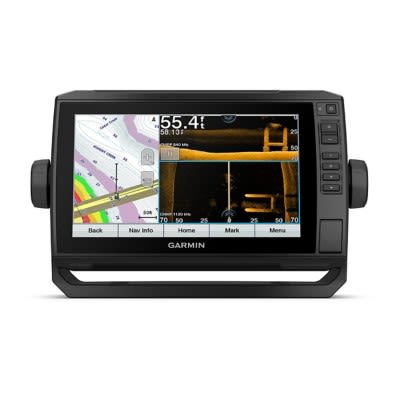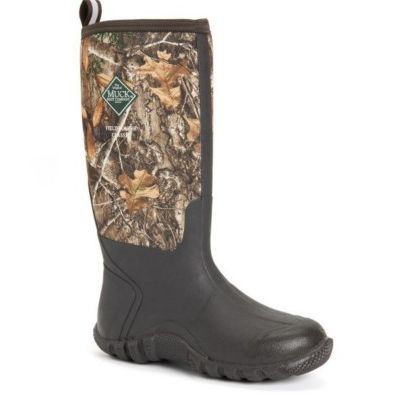Today's Best Fishing Times
Get the best fishing times for Burrows Lake with Lake-Link's Fishing Forecast. SEE MORE
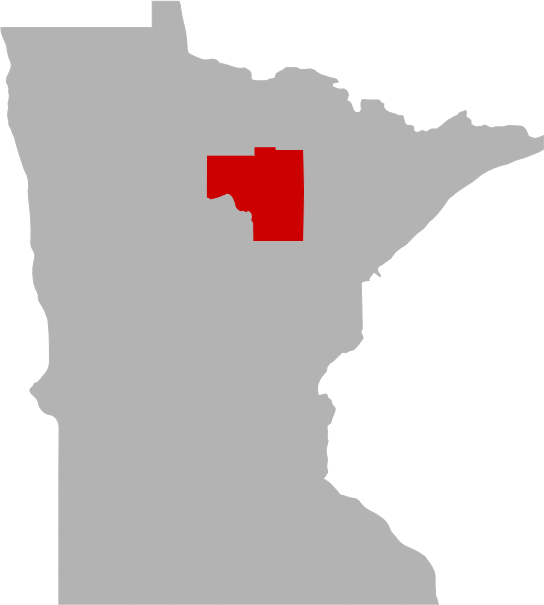
Share your catch!
We want to see what you've caught on Burrows Lake.Frequently Asked Questions About Burrows Lake, MN
- How big is Burrows Lake?
- How deep is Burrows Lake?
- What kind of fish can you catch in Burrows Lake?
- Are there places to stay in the Burrows Lake area?
- Are there boat launches on Burrows Lake?
- Are there places to eat and drink near Burrows Lake?
- What is the average air temp for Burrows Lake?
- Are there any state parks near Burrows Lake?
How big is Burrows Lake?
How deep is Burrows Lake?
What kind of fish can you catch in Burrows Lake?
Other fish species in the lake include Bluntnose Minnow, Golden Shiner, Johnny Darter, Mimic Shiner and White Sucker.
Are there places to stay in the Burrows Lake area?
More Lodging Options
Are there boat launches on Burrows Lake?
Are there places to eat and drink near Burrows Lake?
Explore the Burrows Lake area in a RV
Are you looking for an adventurous vacation option that won't break the bank? Look no further than renting an RV! Contrary to popular belief, the process is much simpler than you might imagine. With just a few easy steps, you'll soon be experiencing the ultimate freedom and convenience of exploring the open road in your very own recreational vehicle. And the best part? RV travel can save you up to 60% compared to other types of vacations! With the money you'll save, you'll be able to travel even more and create unforgettable memories along the way. So why wait? Start planning your next adventure today with an RV rental. Learn more about renting a RV.
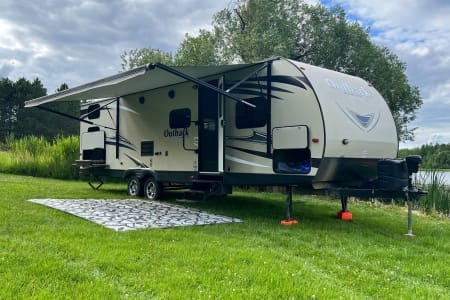
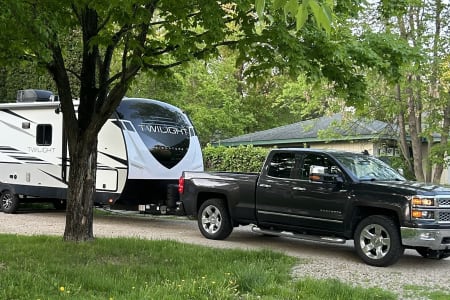
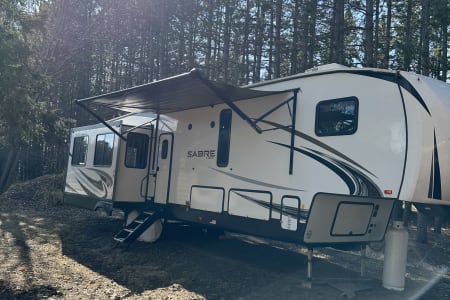
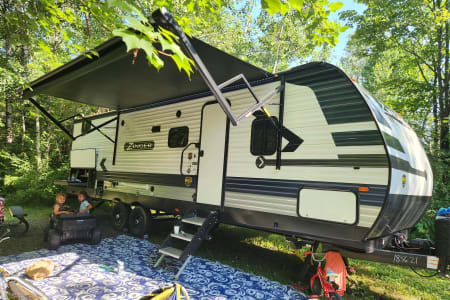
History & Status of the Fishery
Burrows Lake is located about 16 miles east of Marcell, MN, within the Mississippi River Watershed and the Chippewa National Forest. The 322 acre lake has 227 littoral acres with a 38 foot max depth and is in Lake Class 32. Walleye and northern pike are primary management species, while black crappie and largemouth bass are secondary management species. The shoreline is relatively developed with some public ownership along the west shore and northeast corner. Somewhat diverse aquatic plant life including floating vegetation can be found along the 6.9 mile shoreline. There is one public access located at the southern tip of the lake with parking available for three rigs.
Walleye were sampled at an expected rate for lakes similar to Burrows, yet lower than the lake management plan goal. The catch rate was lower than the previous assessment, which was the second highest recorded and exceeded the expected range. Fingerling stocking was discontinued in 1994 and replaced with fry being stocked one of three years which appears to have provided a reasonable fishery with a moderate distribution of sizes. Angler accounts suggest walleye fishing can be good at times. Lengths ranged from 10.1-24.5 inches with a mean length of 14.1 inches. Despite a relatively small sample size aged (n=6), scale and bone analysis suggests three age classes with fish up to age-10 present. Similar to the previous assessment, growth was comparable to the statewide average.
The northern pike catch rate was less than expected and was considerably less than the previous, historically high, catch rate. However, catch rate and size structure was consistent with management goals. The pike fishery can best be described as having a modest size structure, however previous assessments had sampled memorable sized fish. Lengths ranged from 10.3-32.9 inches with an average length of 21.6 inches. Scale analysis identified five ages with fish up to age-7 in the sample. Back calculated length-at-age indicated growth was similar to the statewide average for age 1 fish but by age 2, growth exceeded the statewide average for all middle ages. Northern pike exceeded 26 inches by age-4.
Gill nets sampled black crappie within the expected range, while the trap net catch rate was less than expected. Similarly, the previous gill net catch rate was within the expected range, while the trap net catch rate was slightly better, near the expected range. Lengths ranged from 4.6-11.3 inches, in the gill net sample, with an average length of 7.5 inches. The sample size was too small to make any meaningful comparisons of size structure, however angler accounts suggest black crappie are targeted with some success and most assessments sampled fish up to twelve inches. Scale analysis indicated relatively inconsistent year classes with only two age classes in four years. Fish up to age-4 were present, while age-1 fish comprised 87% of the sample. Back-calculated length-at-age indicated growth was near the statewide average. Black crappie averaged over nine inches by age-4.
Bluegill were sampled at a rate within the expected range, yet over double the previous assessment. Size structure was moderately poor with 74% of the sample less than 6 inches, however some fish almost ten inches were sampled. Angler accounts suggest bluegill are targeted with some success at quality fish. Lengths ranged from 3.2-9.9 inches with an average length of 5.4 inches. Growth was not assessed; however past assessments suggest growth was faster than expected.
Spring night electrofishing sampled largemouth bass at a rate of 33.9/hr run-time, slightly higher than the previous assessment (23.4/hr). Size structure appears favorable with a few individuals nearly 20 inches. Lengths were from 11.2-19.3 inches with an average length of 13.7 inches. Scale analysis indicated ages 4-8 were present in the sample. Back-calculated length-at-age data suggests age-1 growth was slow but similar to the statewide average by age-2.
Electrofishing also sampled smallmouth bass at a rate of 19.4/hr run-time, over double the previous assessment (7.5/hr). Lengths were from 10.5-15.9 inches with an average length of 13.1 inches. Scale analysis indicated ages 3-5 were present in the sample. Growth was similar to the statewide average to age-4 and was less by age-5.
Yellow perch were sampled at a rate near the lake class average, but down slightly from the previous assessment. Lengths were typically too small to interest most anglers with lengths from 4.6-8.0 inches and an average of 6.4 inches.
White sucker were the only other species sampled in test netting, at a rate within the lake class expected range. Lengths ranged from 13.5-23.3 inches with an average length of 19 inches. As part of IBI (Index of Biotic Integrity) sampling, Johnny darter, bluegill, bluntnose minnow, largemouth bass, mimic shiner, smallmouth bass, white sucker, and yellow perch were sampled in ten seine hauls. Backpack electrofishing sampled Johnny darter, bluntnose minnow, largemouth bass, smallmouth bass, white sucker, and yellow perch.
What is the average air temp for Burrows Lake?
Are there any state parks near Burrows Lake?
For more Minnesota State Park information see our State Park Guide.
More Nearby Lakes To Explore
There's more lake's to explore around Burrows Lake...| DISTANCE | ACRES | MAX DEPTH | |
| Moon Lake | 0.8 mi | 27 | 32 ft |
| Lost Moose Lake | 1.3 mi | 112 | 10 ft |
| Nose Lake | 1.5 mi | 114 | 47 ft |
| Duck Lake | 1.7 mi | 13 | 4 ft |
| Three Island Lake | 1.8 mi | 68 | 28 ft |
| Wilson Lake | 1.8 mi | 86 | 60 ft |
| Moss Lake | 1.8 mi | 32 | 15 ft |
| Burnt Shanty Lake | 1.9 mi | 198 | 35 ft |
| Black Island Lake | 2.0 mi | 117 | 59 ft |
| Lake Elizabeth | 2.1 mi | 193 | 42 ft |






